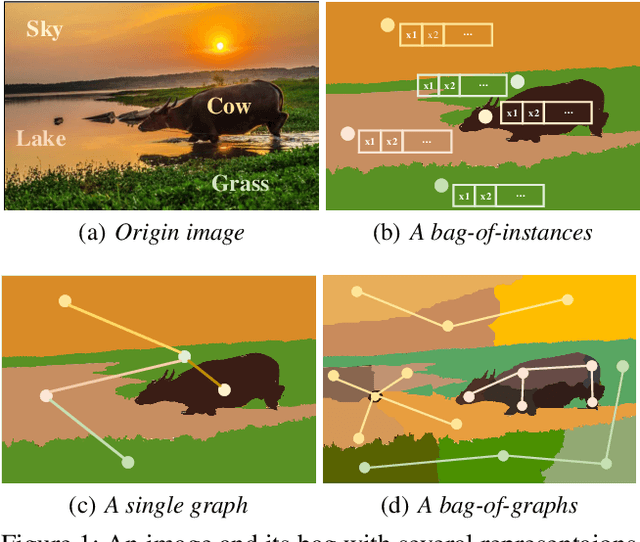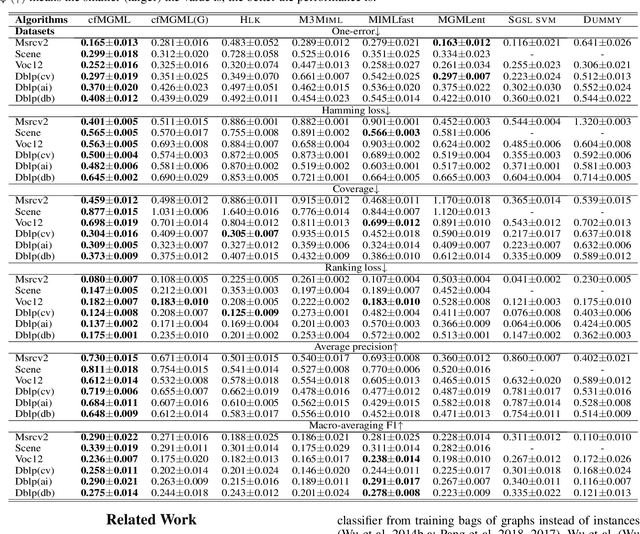Yuhai Zhao
LCAUnet: A skin lesion segmentation network with enhanced edge and body fusion
May 01, 2023Abstract:Accurate segmentation of skin lesions in dermatoscopic images is crucial for the early diagnosis of skin cancer and improving the survival rate of patients. However, it is still a challenging task due to the irregularity of lesion areas, the fuzziness of boundaries, and other complex interference factors. In this paper, a novel LCAUnet is proposed to improve the ability of complementary representation with fusion of edge and body features, which are often paid little attentions in traditional methods. First, two separate branches are set for edge and body segmentation with CNNs and Transformer based architecture respectively. Then, LCAF module is utilized to fuse feature maps of edge and body of the same level by local cross-attention operation in encoder stage. Furthermore, PGMF module is embedded for feature integration with prior guided multi-scale adaption. Comprehensive experiments on public available dataset ISIC 2017, ISIC 2018, and PH2 demonstrate that LCAUnet outperforms most state-of-the-art methods. The ablation studies also verify the effectiveness of the proposed fusion techniques.
Towards Coarse and Fine-grained Multi-Graph Multi-Label Learning
Dec 19, 2020


Abstract:Multi-graph multi-label learning (\textsc{Mgml}) is a supervised learning framework, which aims to learn a multi-label classifier from a set of labeled bags each containing a number of graphs. Prior techniques on the \textsc{Mgml} are developed based on transfering graphs into instances and focus on learning the unseen labels only at the bag level. In this paper, we propose a \textit{coarse} and \textit{fine-grained} Multi-graph Multi-label (cfMGML) learning framework which directly builds the learning model over the graphs and empowers the label prediction at both the \textit{coarse} (aka. bag) level and \textit{fine-grained} (aka. graph in each bag) level. In particular, given a set of labeled multi-graph bags, we design the scoring functions at both graph and bag levels to model the relevance between the label and data using specific graph kernels. Meanwhile, we propose a thresholding rank-loss objective function to rank the labels for the graphs and bags and minimize the hamming-loss simultaneously at one-step, which aims to addresses the error accumulation issue in traditional rank-loss algorithms. To tackle the non-convex optimization problem, we further develop an effective sub-gradient descent algorithm to handle high-dimensional space computation required in cfMGML. Experiments over various real-world datasets demonstrate cfMGML achieves superior performance than the state-of-arts algorithms.
 Add to Chrome
Add to Chrome Add to Firefox
Add to Firefox Add to Edge
Add to Edge